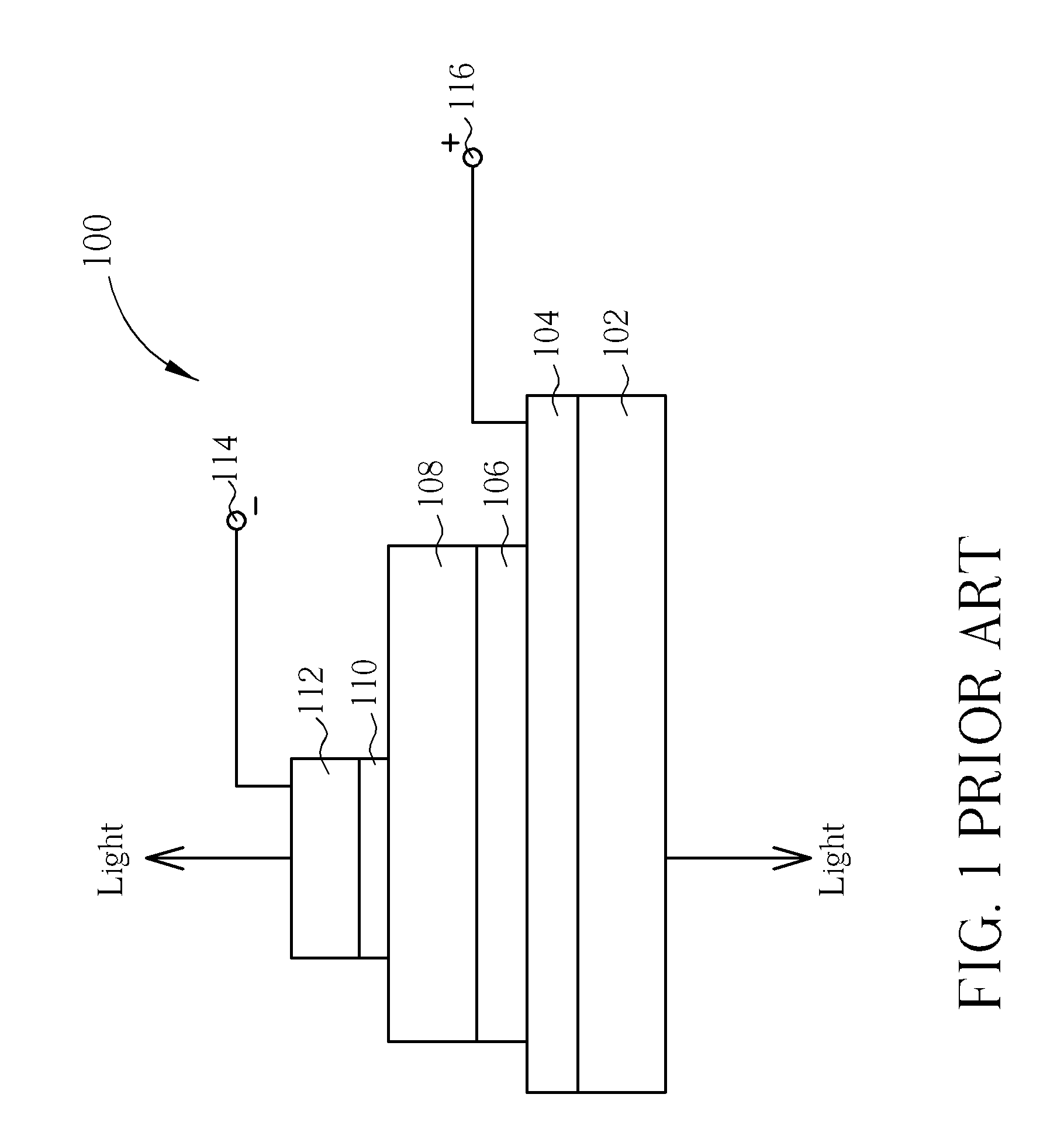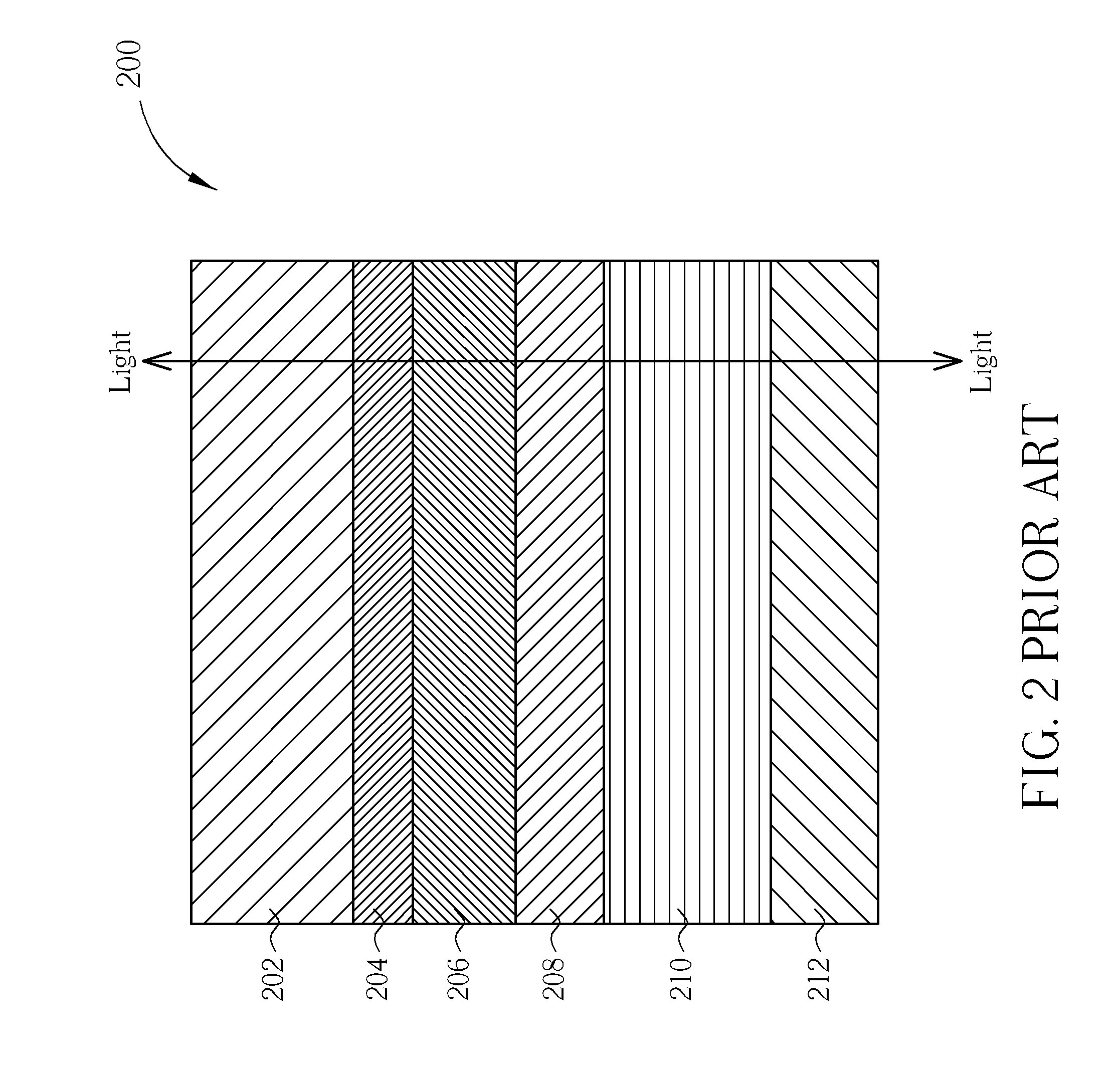Method of manufacturing organic electroluminescent device
a manufacturing method and electroluminescent technology, applied in the direction of organic semiconductor devices, semiconductor devices, coatings, etc., can solve the problems of low low operating voltage, and reduced light-emitting efficiency and lifetime of organic electroluminescent devices, so as to maintain electron injection efficiency, improve light-emitting efficiency, and work function high
- Summary
- Abstract
- Description
- Claims
- Application Information
AI Technical Summary
Benefits of technology
Problems solved by technology
Method used
Image
Examples
Embodiment Construction
[0018]FIG. 3 is a top view of an electronic device for displaying images according to an embodiment of the present invention. As shown in FIG. 3, the electronic device 1 that comprises an input device 15 and an organic electroluminescent display (OLED) 10. The electronic device 1 may be a portable device such as a PDA, notebook computer, tablet computer, cellular phone, or a display monitor device, etc. Input device 15 can be coupled to the OLED 10. The input device 15 can include a processor or the like to provide image data to a control circuit 14 to render images. The OLED 10 comprises a display area 12 including a matrix composed of a plurality of data lines 22 (such as D1, D2, and D3) and scan lines 24 (such as S1, S2, and S3). The display area 12 also comprises a plurality of sub-pixel circuits 26, wherein each sub-pixel circuit 26 has at least one thin film transistor (TFT) and an organic electroluminescent device 20 at each intersection of a data line 22 and a scan line 24. ...
PUM
| Property | Measurement | Unit |
|---|---|---|
| thickness | aaaaa | aaaaa |
| thickness | aaaaa | aaaaa |
| thickness | aaaaa | aaaaa |
Abstract
Description
Claims
Application Information
 Login to View More
Login to View More - R&D
- Intellectual Property
- Life Sciences
- Materials
- Tech Scout
- Unparalleled Data Quality
- Higher Quality Content
- 60% Fewer Hallucinations
Browse by: Latest US Patents, China's latest patents, Technical Efficacy Thesaurus, Application Domain, Technology Topic, Popular Technical Reports.
© 2025 PatSnap. All rights reserved.Legal|Privacy policy|Modern Slavery Act Transparency Statement|Sitemap|About US| Contact US: help@patsnap.com



